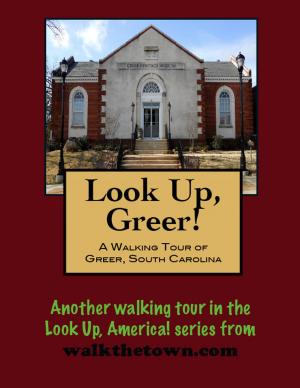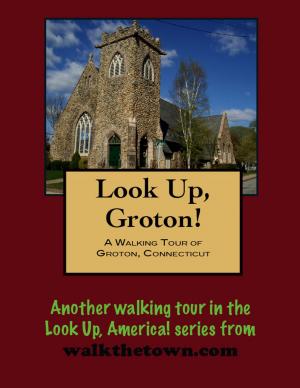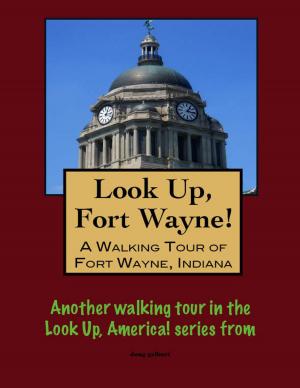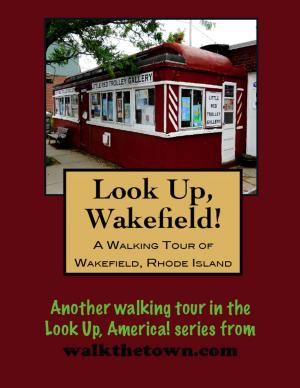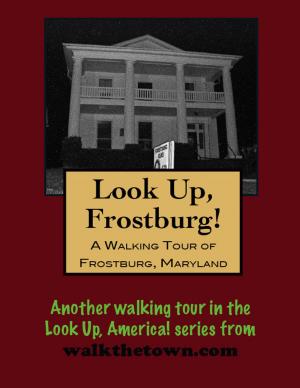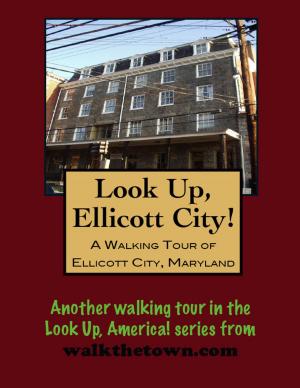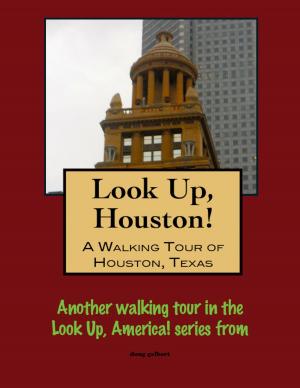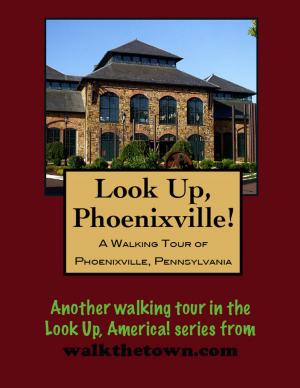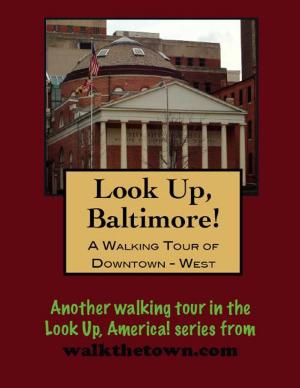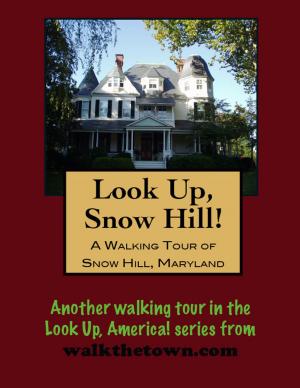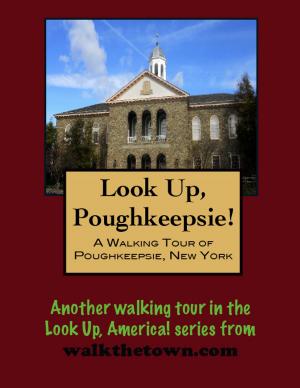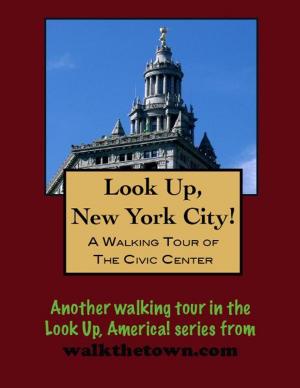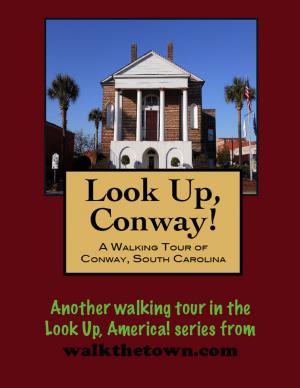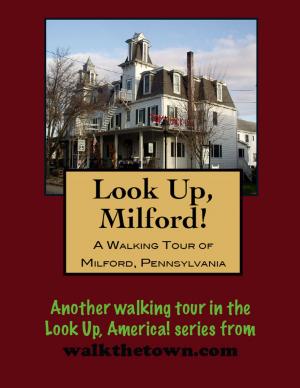Look Up, Chicago! A Walking Tour of the Gold Coast
Nonfiction, Travel, United States, History, Americas| Author: | Doug Gelbert | ISBN: | 9781465912046 |
| Publisher: | Doug Gelbert | Publication: | August 23, 2011 |
| Imprint: | Smashwords Edition | Language: | English |
| Author: | Doug Gelbert |
| ISBN: | 9781465912046 |
| Publisher: | Doug Gelbert |
| Publication: | August 23, 2011 |
| Imprint: | Smashwords Edition |
| Language: | English |
There is no better way to see America than on foot. And there is no better way to appreciate what you are looking at than with a walking tour. Whether you are preparing for a road trip or just out to look at your own town in a new way, a downloadable walking tour is ready to explore when you are.
Each walking tour describes historical and architectural landmarks and provides pictures to help out when those pesky street addresses are missing. Every tour also includes a quick primer on identifying architectural styles seen on American streets.
When Chicagoans first began to make serious money after the Civil War the place the wealthy chose to build their mansions was just south of the business district along Prairie Avenue. Names like Marshall Field and George Pullman and Philip Armour all puddled abut in palatial estates there. The area had the advantage of being close to the Loop and did not involve crossing the Chicago River. it was the poshest address in town.
If you wanted to live north of the Chicago River in the mid-1800s you not only had to deal with crossing the river but much of the land near Lake Michigan was swampy and uninviting. It was retailer and hotelier Potter Palmer who changed all that. In the 1880s he set about filling in the swamp and creating building lots. Lake Shore Drive became a popular destination for carriage rides. The first street inland parallel to the lake and north of Division Street was named "Astor Street" after John Jacob Astor. The fur trader Astor never had anything to do with Chicago but as America's first millionaire his name was synonymous with wealth. In fact, John Jacob Astor had bought up most of the land north of New York City in the 1830s, correctly predicting the rapid growth northward on Manhattan Island. Similar to the scenario hoped for in Chicago.
Palmer and his society wife Bertha selected a spot on Lake Shore Drive to begin building his mansion in 1882. His castle-like residence, since torn down, was the largest house in the city when it was completed. Other wealthy Chicago families followed the Potters into the Astor Street District. Meanwhile the businesses around Prairie Avenue were beginning to make "the most expensive street west of Fifth Avenue" feel sooty and old. By the turn of the 20th century the Gold Coast was where you had to be if you were anybody in Chicago.
As more and more people sought shelter on the Gold Coast there wasn’t much room left for mansions and the newly popular skyscrapers of the early 1900s were adapted to hold apartments instead of offices. A century on, the Gold Coast is regarded as the second-most affluent neighborhood in the United States after Manhattan's Upper East Side. It is a mixture of mansions, stylish row houses and high-rise apartments.
Our walking tour of the Gold Coast will begin in the great park that adjoins its northern boundary, at the foot, literally of its immortal namesake...
There is no better way to see America than on foot. And there is no better way to appreciate what you are looking at than with a walking tour. Whether you are preparing for a road trip or just out to look at your own town in a new way, a downloadable walking tour is ready to explore when you are.
Each walking tour describes historical and architectural landmarks and provides pictures to help out when those pesky street addresses are missing. Every tour also includes a quick primer on identifying architectural styles seen on American streets.
When Chicagoans first began to make serious money after the Civil War the place the wealthy chose to build their mansions was just south of the business district along Prairie Avenue. Names like Marshall Field and George Pullman and Philip Armour all puddled abut in palatial estates there. The area had the advantage of being close to the Loop and did not involve crossing the Chicago River. it was the poshest address in town.
If you wanted to live north of the Chicago River in the mid-1800s you not only had to deal with crossing the river but much of the land near Lake Michigan was swampy and uninviting. It was retailer and hotelier Potter Palmer who changed all that. In the 1880s he set about filling in the swamp and creating building lots. Lake Shore Drive became a popular destination for carriage rides. The first street inland parallel to the lake and north of Division Street was named "Astor Street" after John Jacob Astor. The fur trader Astor never had anything to do with Chicago but as America's first millionaire his name was synonymous with wealth. In fact, John Jacob Astor had bought up most of the land north of New York City in the 1830s, correctly predicting the rapid growth northward on Manhattan Island. Similar to the scenario hoped for in Chicago.
Palmer and his society wife Bertha selected a spot on Lake Shore Drive to begin building his mansion in 1882. His castle-like residence, since torn down, was the largest house in the city when it was completed. Other wealthy Chicago families followed the Potters into the Astor Street District. Meanwhile the businesses around Prairie Avenue were beginning to make "the most expensive street west of Fifth Avenue" feel sooty and old. By the turn of the 20th century the Gold Coast was where you had to be if you were anybody in Chicago.
As more and more people sought shelter on the Gold Coast there wasn’t much room left for mansions and the newly popular skyscrapers of the early 1900s were adapted to hold apartments instead of offices. A century on, the Gold Coast is regarded as the second-most affluent neighborhood in the United States after Manhattan's Upper East Side. It is a mixture of mansions, stylish row houses and high-rise apartments.
Our walking tour of the Gold Coast will begin in the great park that adjoins its northern boundary, at the foot, literally of its immortal namesake...

